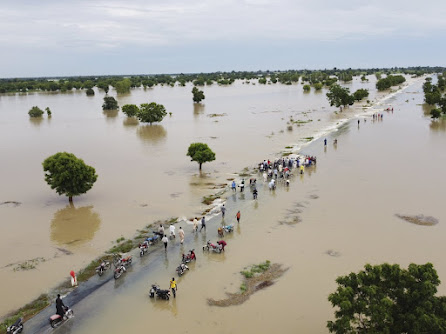Concluding remarks for coping with the water paradox in Africa

Water innovation for Africa We’re coming to an end to my blog! We’ve explored the water paradox in Africa, in the form of understanding water scarcity, water stress and the reasoning behind why there is such an imbalance on the water distribution. Looking back, using the study case of Nigeria and Madagascar helped me get a better grasp of the internal and external challenges that are faced in order to improve water management. It is clear that the subject of environmental change is not enough to fully understand how to tackle the hydrological cycle in Africa, and can be extended to subjects such as governance, agriculture, economic development and many more. Furthermore, the final objective of discussing this subject involves being able to find sustainable solutions that would provide clean, affordable water. I believe this can be done with the adequate infrastructure, funds, and accurate mitigation strategies that is conform to what a physical environment truly needs. Hopeful...

